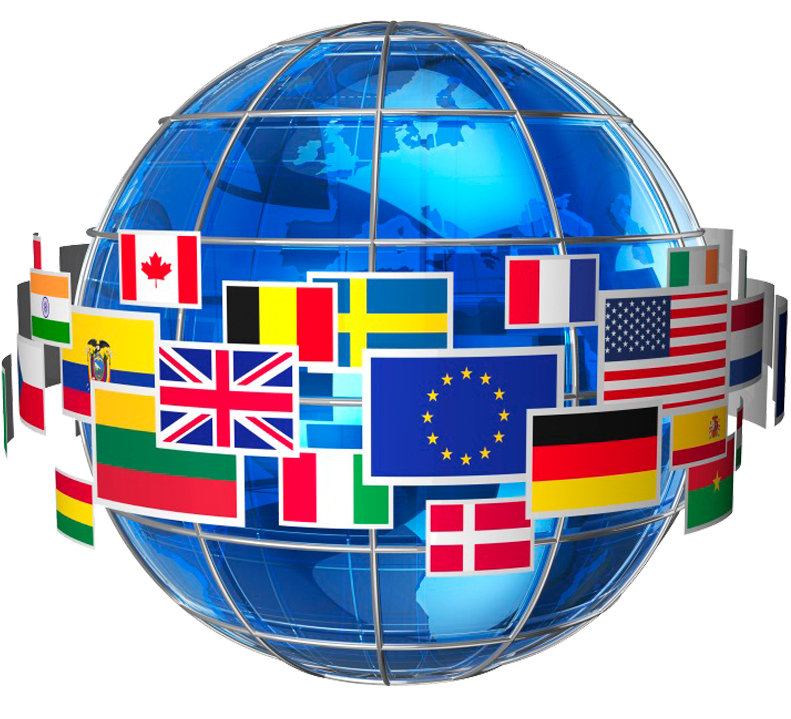
[Commodity Trade Situation ]
The disturbances in the prices of food and energy caused by the Ukrainian war could last for years
The war in Ukraine has caused a major shock to commodity markets, altering global patterns of trade, production and consumption in such a way that prices will remain at historically high levels until the end of 2024, according to the latest edition. recent World Bank Commodity Markets Outlook report.
The increase in energy prices in the last two years has been the most pronounced since the 1973 oil crisis. The rise in the prices of food staples – of which Russia and the Ukraine are major producers – and of fertilizers , in whose production natural gas is used as an input, has been the most marked since 2008.
































